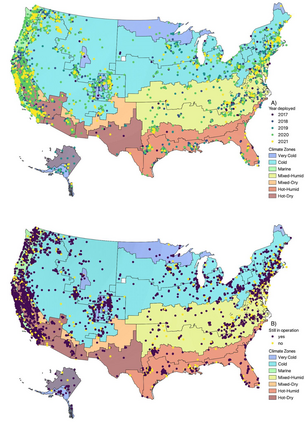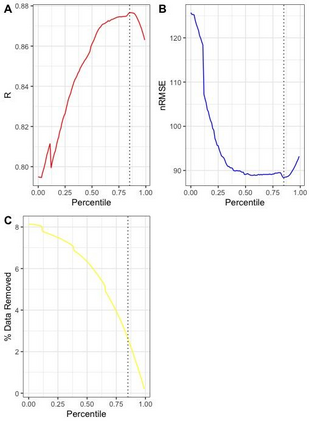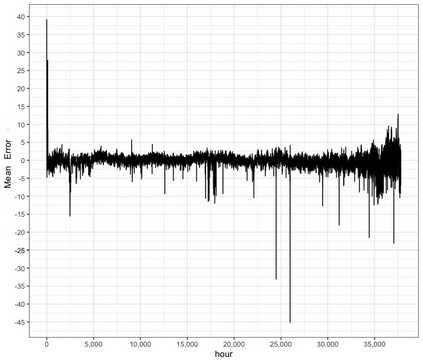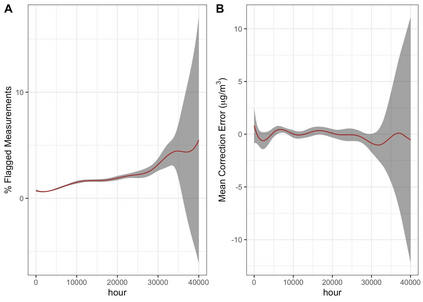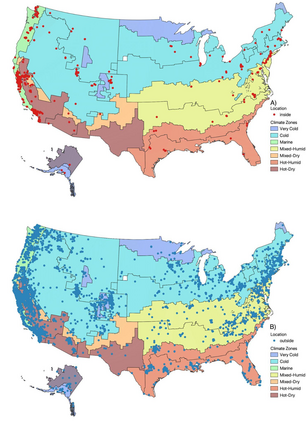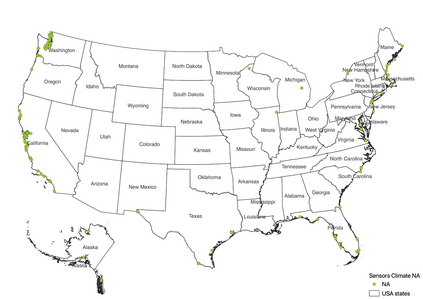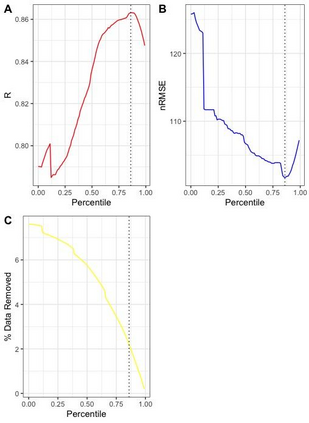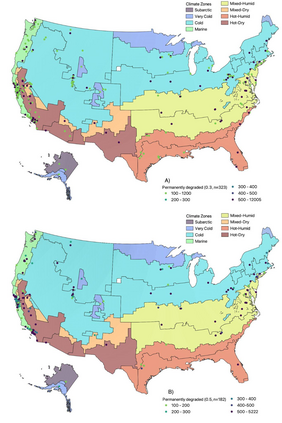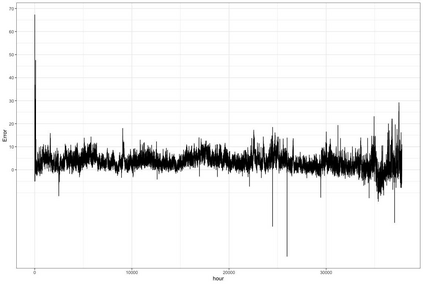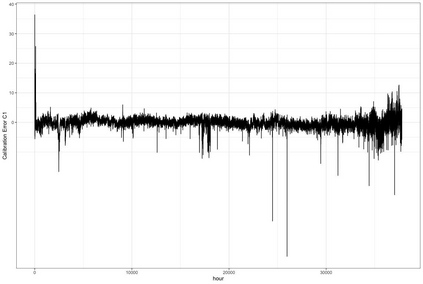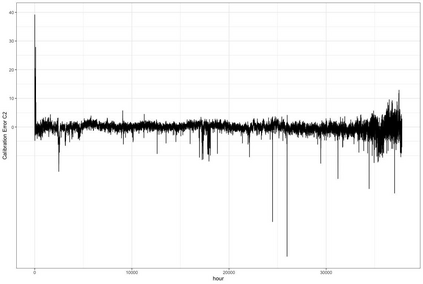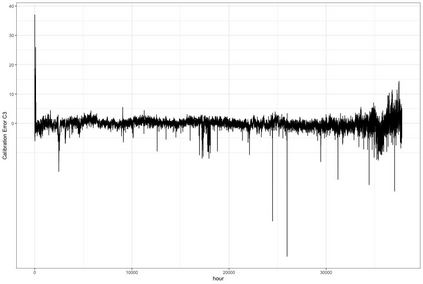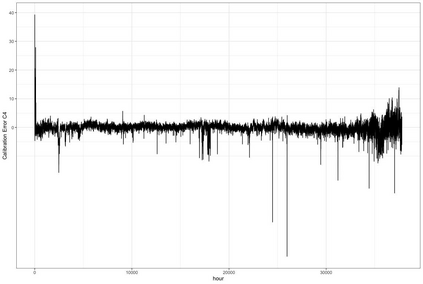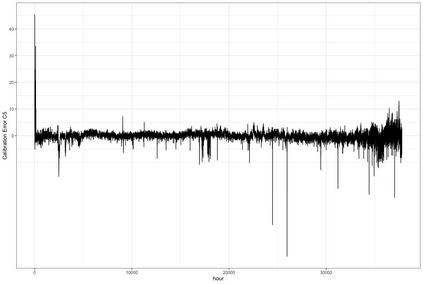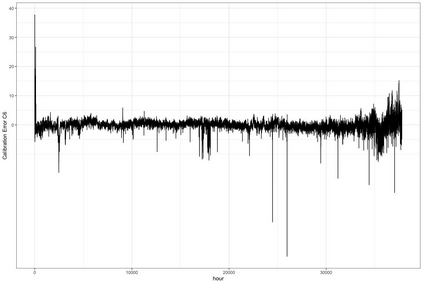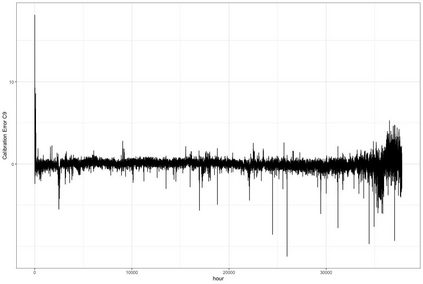Low-cost sensors (LCS) are increasingly being used to measure fine particulate matter (PM2.5) concentrations in cities around the world. One of the most commonly deployed LCS is the PurpleAir with about 15,000 sensors deployed in the United States. However, the change in sensor performance over time has not been well studied. It is important to understand the lifespan of these sensors to determine when they should be replaced, and when measurements from these devices should or should not be used for various applications. This paper fills in this gap by leveraging the fact that: 1) Each PurpleAir sensor is comprised of two identical sensors and the divergence between their measurements can be observed, and 2) There are numerous PurpleAir sensors within 50 meters of regulatory monitors allowing for the comparison of measurements between these two instruments. We propose empirically-derived degradation outcomes for the PurpleAir sensors and evaluate how these outcomes change over time. On average, we find that the number of 'flagged' measurements, where the two sensors within each PurpleAir disagree, increases in time to 4 percent after 4 years of operation. Approximately, 2 percent of all PurpleAir sensors were permanently degraded. The largest fraction of permanently degraded PurpleAir sensors appeared to be in the hot and humid climate zone, suggesting that the sensors in this zone may need to be replaced sooner. We also find that the bias of PurpleAir sensors, or the difference between corrected PM2.5 levels and the corresponding reference measurements, changed over time by -0.12 ug/m3 (95% CI: -0.13 ug/m3, -0.11 ug/m3) per year. The average bias increases dramatically after 3.5 years. Climate zone is a significant modifier of the association between degradation outcomes and time.
翻译:低成本传感器(LCS)正越来越多地用于测量世界各地城市中微粒物质(PM2.5)浓度的细微颗粒物质(PM2.5)浓度。最常用的LCS之一是紫色Air,在美国部署了大约15,000个传感器。然而,传感器的性能在一段时间内并没有很好地研究。必须了解这些传感器的寿命,以确定何时应替换这些传感器,何时这些装置的测量结果应该或不应该用于各种应用。本文利用以下事实填补了这一空白:1)每个紫色Air传感器由两个相同的传感器组成,其测量结果之间存在差异;2,在50米的调控监测器内有许多紫色Air传感器,可以对这两种仪器之间的测量结果进行比较。我们建议紫色Air传感器的根据经验性能降解结果,并评估这些结果在一段时间内如何变化。我们发现,每个紫色Air内部的两个传感器都不同意,在4年后,时间差将增加到4%。所有紫色Air传感器的2%的参照度是永久退化的,在10年之内,这个温度等级传感器的最大一部分在185年之后,这个温度级传感器的等级将取代。

